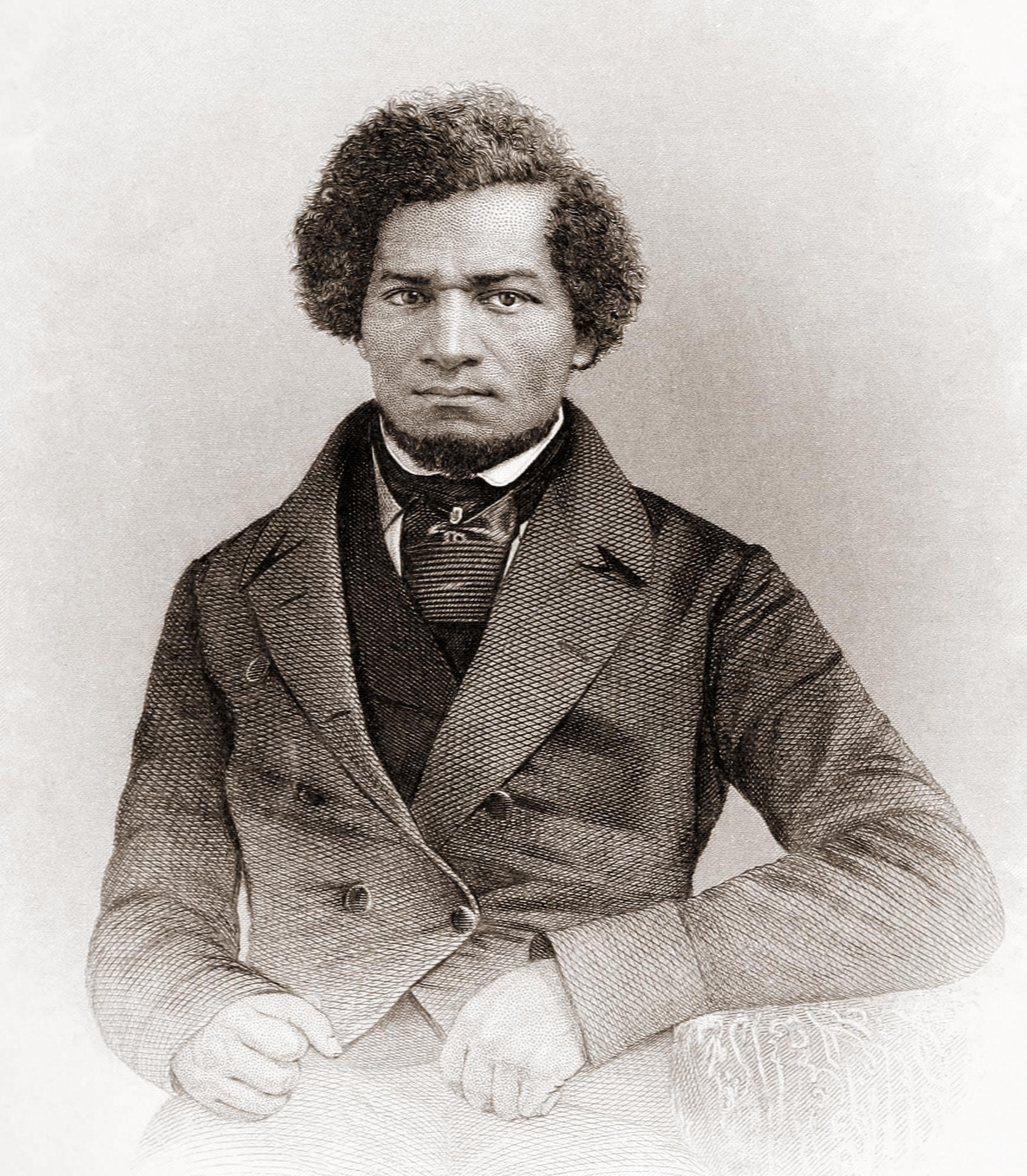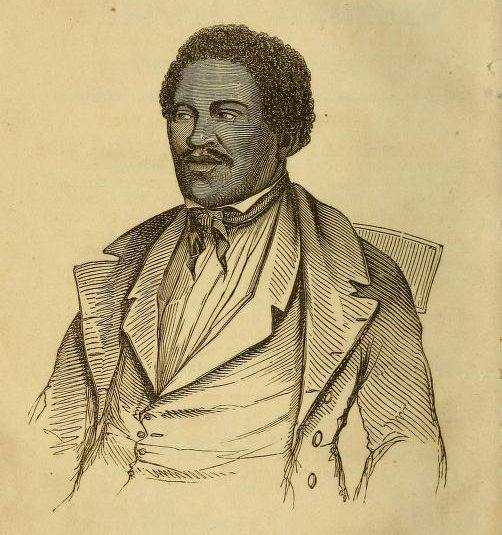Looking at Fife, Scotland and Slavery
This is a collection of resources and weblinks that relate to Scotland and Fife’s involvement in slavery, empire and colonialism. Scotland has been described as having ‘collective amnesia’ about our relationship with transatlantic slavery. Until recently there was widespread lack of awareness of how our country and our ancestors participated. There’s much to read here and much more to discover – remember to check the origins and reliability of any source you find. We will add to this when we find new material and if you have any suggestions to add, please get in touch with LocalStudies.Kirkcaldy@onfife.com

Fife and slavery
Pictured: Greenmount, Burntisland was built by Robert Kirke, one of the last slave owners in Scotland. The house was damaged by fire and no longer stands.
- Fife slave owners feature in David Alston’s research pages Slaves & Highlanders, Scots in Surinam: James Balfour of Fordell –Slaves and Highlanders | James Balfour (spanglefish.com) and Robert Kirke of Burntisland – Slaves and Highlanders | Robert Kirke (spanglefish.com)
- Petronella Hendrick, a formerly enslaved person born in Suriname on the Kirke family’s plantation has been written about by Burntisland Heritage Trust. She was brought to Burntisland to serve the Kirke family at Greenmount – Burntisland, Fife – Petronella Hendrick (1829-1917)
- The case of the David Spens, an enslaved person brought from the West Indies to Fife by David Dalrymple from Methil is told by The National Records of Scotland. David Spens was baptised in a church in Wemyss and later held in custody at Dysart jail – Dalrymple v Spens and Henderson, 1769-70 | National Records of Scotland (nrscotland.gov.uk)
Scotland and slavery
- Legacies of British Slavery (ucl.ac.uk) – UCL’s Centre for the Study of the Legacies of British Slave-Ownership traces the impact of slave-ownership on the formation of modern Britain. Search the database to find out about individuals’ and families’ involvement in the Transatlantic slave trade. Browse the Estates to explore the ownership of plantations and estates in the British Caribbean. Browse the Legacies to discover the commercial, cultural, historical, imperial, physical and political gains made from slave-ownership.
- An extensive collection of resources are available at the National Library of Scotland, detailed here – Slavery | National Library of Scotland (nls.uk)
- The National Records of Scotland (NRS) has a guide to records relating to aspects of the transatlantic slave trade. It also mentions some other Scottish archives relating to Scotland’s involvement in the trade and its abolition – Slavery and the Slave Trade | National Records of Scotland (nrscotland.gov.uk)
- T. Devine (ed.), Recovering Scotland’s Slavery Past: The Caribbean Connection (2015) – request through our library catalogue
- Empire Museum – Scottish museum of empire, slavery, colonialism and migration – aims to tell history on a meaningful and engaging platform through curiosity, education and a reflection on our past. This space will represent the realities of Scotland’s role in empire, colonialism, slavery and migration.
- Runaway Slaves in Britain :: Database (gla.ac.uk) – Glasgow University’s The Runaway Slaves in Eighteenth-Century Britain project has created a searchable database of well over eight hundred newspaper advertisements placed by masters and owners seeking the capture and return of enslaved and bound people who had escaped.
- The film 1745 An Untold Story of Slavery (1745film.com) highlights a forgotten part of Scotland’s history: at the time of the Jacobite uprising of 1745, Scotland’s economy was in large part founded on the booming colonial slave trade. Written by Morayo Akandé and Starring Moyo Akandé – 1745 – An Untold Story of Slavery on Vimeo
- Aye, It Wis Aabody – A Story of Scotland’s Role in the Slave Trade is a community heritage project undertaken by Birse Community Trust that explores Scotland’s links with chattel slavery in the Caribbean, through the experience of one rural community and their school.
Image: Frederick Douglass

Fife and the Abolitionist movement
- Frederick Douglass, abolitionist, orator, writer and social reformer, spoke on two occasions in Kirkcaldy as he travelled the country working as “Scotland’s Anti-slavery agent”, delivering hundreds of public lectures during his antislavery tours in 1846 and 1847 – see Frederick Douglass in Scotland (bulldozia.com)
- You can request The Narrative Life of Frederick Douglass: An American Slave from our catalogue
- Henry Box Brown, abolitionist lecturer and performer who escaped from slavery in Virginia in 1849 by arranging to have himself mailed in a wooden crate, brought his one man show to Kirkcaldy in August 1852, his only known appearance in Scotland. You can read a report about it here
- You can request Brown’s biography The Narrative of the life of Henry Box Brown from our catalogue.
- Our Newspaper Archive holds a number of indexed items in local papers relating to the Ant-Slavery Society between 1846 and 1848. You can view these historical local newspapers on microfilm in the Local & Family History Room at Kirkcaldy Galleries. We also hold some copies of Anti-Slavery material such as posters and correspondence that may be of interest.
Image: Henry Box Brown


Fife and the economic legacies of empire, colonialism and slavery
- During the 18th century, Fife’s linen producers in the east and north specialised in weaving osnaburg which was sold for export to British colonies. In the Atlantic plantation complex, prior to the abolition of slavery, osnaburg was the fabric most often used for slave garments.
- So much was produced by weavers in the village of Dairsiemuir near Cupar that it was nicknamed Osnaburg – dsl.ac.uk/entry/snd/osnaburg. The nickname is recorded on Ordinance Survey maps – maps.nls.uk – and in the Statistical Account of Scotland.
